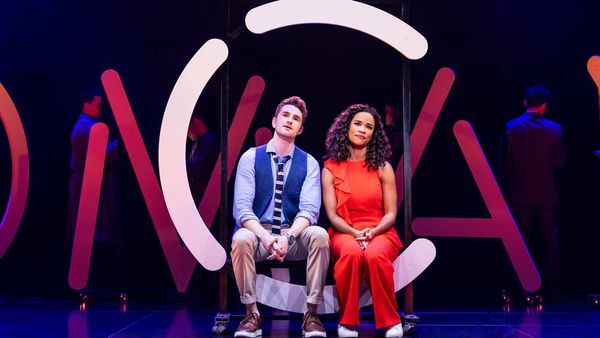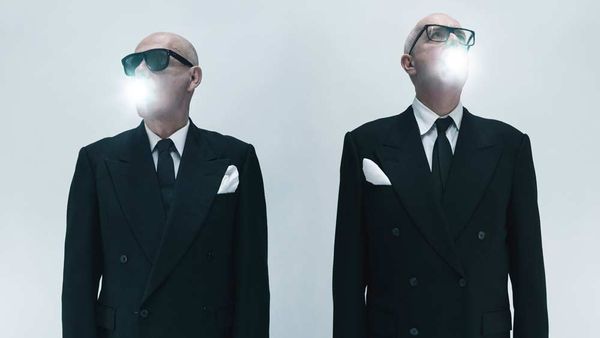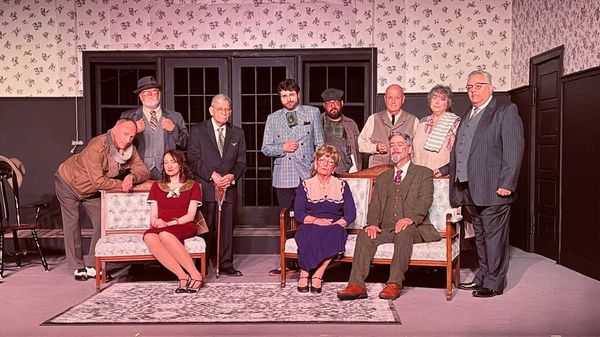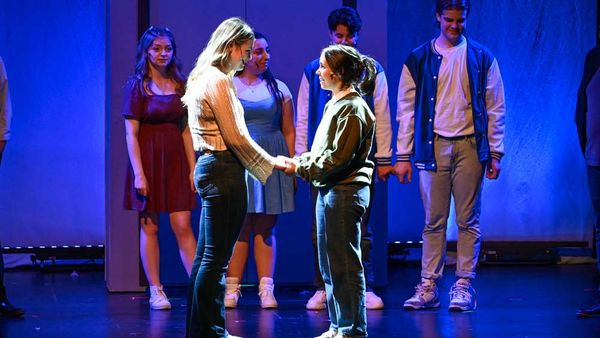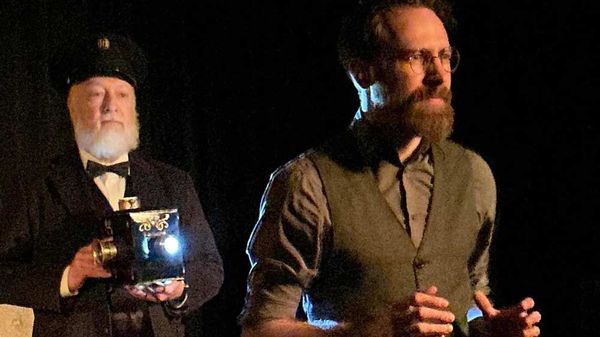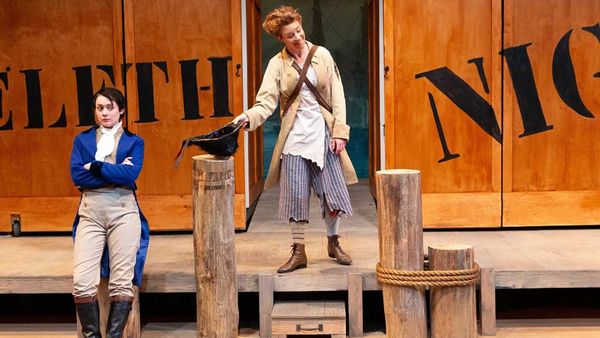November 28, 2011
Making The Boys
Steve Weinstein READ TIME: 3 MIN.
I've already raved on this website about Crayton Robey's documentary on the play and film "The Boys in the Band." Mart Crowley's work, which came out on the eve of the Stonewall riots, is a time capsule of how urban gay men worked, lived and loved (and drank!) just before the Big Bang of the modern gay rights movement.
Robey's "Making the Boys" is a thoughtful, thorough, extremely well-researched, brilliantly narrated and edited history of what has remained probably the single greatest dramatic work relating to gay men in the United States.
Crowley was down on his luck when he was house sitting in L.A. and, being bored, picked up a legal pad and started writing down scenes. When the play was produced in a small off-Broadway house in New York, the producers thought it might last a few weeks, tops. What happened next was a phenomenon. Lines stretched around the block. Top celebrities, from Jacqueline Onassis to Marlene Dietrich, clamored for tickets.
When a major Hollywood studio bought the rights, the "suits" wanted to use big-name stars, many of whom were interested. To Crowley's credit, he insisted on using the New York cast, which in itself is historic: It was one of the only times relative unknowns were allowed to repeat their roles.
William Friedkin, a straight man, was brought in to direct. But the man who would later establish himself as the director of blockbusters like "The French Connection" and "The Exorcist" would prove surprisingly sympathetic to the material. Upon its release, the movie nearly caused as much of a sensation as the play.
The play itself continues to be revived, and has remained a lightning rod for controversy. Many consider Crowley's characters self-loathing, but I have always believed that Crowley was allowing real people to speak for themselves -- and real people are often (or usually) aren't as idealistic or optimistic or well behaving as we'd like them to be.
For anyone who has experienced "Boys" ("seen" is too namby-pamby a word for such a cathartic experience as sitting through this film or play), this documentary will give new insights and provide a valuable analysis and historical context.
For the DVD release, there are a few extras. In most cases, I didn't find these nearly as illuminating as the film itself. The interview with Dominick Dunne was mostly random reflections on Hollywood from the man who helped produce the film and later became a celebrated writer who specialized in celebrity murders for Vanity Fair.
Dan Savage's interview is material that will be familiar to most gay men. Savage discusses the unique way gay couples have questions of infidelity and affairs. A mini-documentary on how Robey connected with the Tribeca Film Festival plays mostly as a valentine to the latter, which helped Robey get his project off the ground. The average DVD watcher may find it a little too "Inside Baseball" on the business of getting a documentary project into production.
The footage of one of Roddy McDowell's swim parties held at his Malibu home contains some fun shots of big stars like Jane Fonda at play. Especially interesting is Natalie Wood, who is one of the major players in the making of "The Boys in the Band," especially now that there's renewed interest in the star's death 30 years on.
I wouldn't have minded, however, if someone, somewhere, had mentioned how selfish McDowell was. Deeply in the closet, as were most men in Hollywood at the time, the former child star comes off particularly badly in a recent biography of Sal Mineo.
By far the best of the extras is an extended discussion of one of the most controversial aspects of the film shoot, when the partnered couple has an emotional breakthrough in their relationship. The studio wanted the two to kiss, but the actors (including Laurence Luckinbill, who later became famous in the "Star Wars" film franchise and was one of the few cast members not gay in real life) didn't want to do it.
According to Luckinbill and Friedkin, the actors improvised the scene. As it happened, one of them put his arms around the other and broke into tears. It's a great misfortune that the footage, which wasn't used in the final take, is lost.
However, we're lucky we have Robey, who has been able to round up nearly all of the survivors of the play and film (many succumbed to AIDS). The result is this documentary, which takes its place among the very greatest video documents of the gay experience.
Steve Weinstein has been a regular correspondent for the International Herald Tribune, the Advocate, the Village Voice and Out. He has been covering the AIDS crisis since the early '80s, when he began his career. He is the author of "The Q Guide to Fire Island" (Alyson, 2007).


